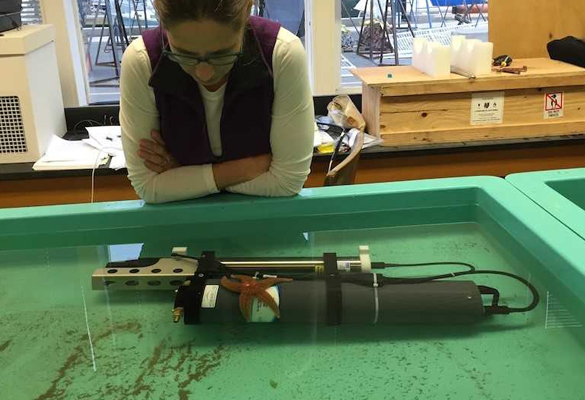The Gulf of Maine is a productive, complex, and semi-enclosed “sea within a sea”. Changes in temperature and pH threaten many of the Gulf’s resources. Schoodic Institute and the National Park Service are working together to understand these changes and their impacts in Acadia National Park. They have deployed a SeapHOx pH Sensor to collect continuous data just off one of the park’s islands, near one of the major currents in the Gulf of Maine.
The SeapHOx provides data for research that is investigating changes in biodiversity and abundance of intertidal and marine organisms along Acadia National Park’s iconic rocky coast, as well as elsewhere in the Gulf. The researchers using these data include a group of citizen scientists—led by the Earthwatch-funded researcher, John Cigliano—studying the effects of ocean acidification and warming on barnacles, mussels, and species important to healthy intertidal zones.
The SeapHOx data also provide an educational tool to learn how to work with data and to understand daily and seasonal variability in the Gulf of Maine. Talking through the data gives students the context to unpack ocean acidification and other changes in the complex Gulf of Maine.

